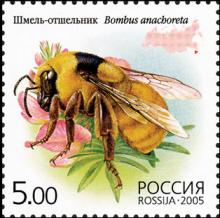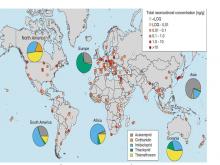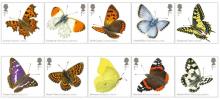Lethal and sublethal effects, and incomplete clearance of ingested imidacloprid in honey bees
A previous study reported by Cresswell et al. (2014) claimed a differential behavioural resilience between spring or summer honey bees (Apis mellifera) and bumble bees (Bombus terrestris) after exposure to syrup contaminated with 125 µg L−1 imidacloprid for 8 days. The authors of that study based their assertion on the lack of body residues and toxic effects in honey bees, whereas bumble bees showed body residues of imidacloprid and impaired locomotion during the exposure. We reproduced the experiments of Cresswell et al.










